
Virgin Australia: Cancelled Boeing 737 MAX 8s to magically reapear in 2023
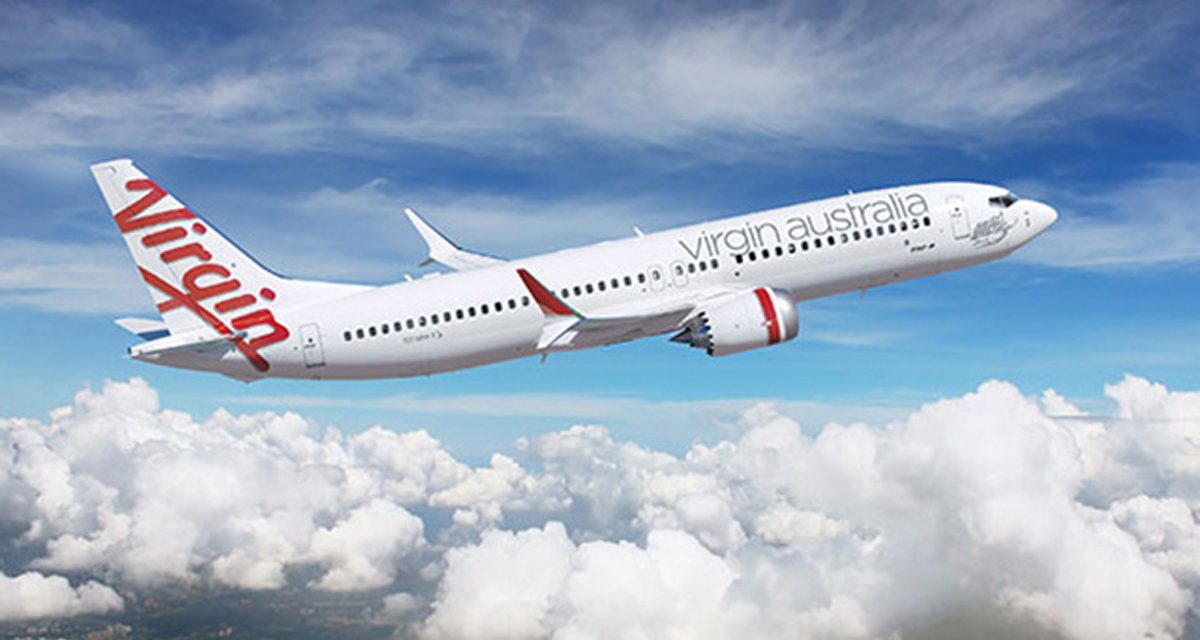
Expect 4 of these Boeing 737 MAX 8s to appear in Australian skies with Virgin Australia livery in February 2023.
They will be used so Virgin can retire its old Fokker 100 aircraft, which will be replaced by currently running 737-700 aircraft which can carry more passengers, are more efficient and have lower emissions than the F100s.
Virgin’s current fleet is made up of all Boeing 737s of the 700 and 800 variety. Adding the 4 B737 MAX 8s will bring their fleet up to 88 planes.
“We are on track to return to 100% of pre-COVID domestic capacity by June this year and expect to well exceed those levels by year’s end, and our resources sector and contract flying in WA is in high demand. This investment in our fleet reflects the increased demand we are experiencing in all parts of Virgin Australia.”
Virgin Australia CEO Jayne Hrdlicka
Virgin’s fleet has a younger average age than other Australian airlines. Getting rid of the old Fockkers will improve their overall fleet efficiency, and increase capacity when they are replaced by the larger capacity B737-700s
In addition to these once cancelled MAX 8s, the Virgin Australia Group still has 25 of the larger Boeing 737 MAX 10 aircraft on order.
The transition from the current 10 F100s, largely serving regional routes and charters in Western Australia, to the B737-700 will start in the first 3 months of 2023.
The transition will offer some challenges too, requiring the retraining of crew and engineering support staff away from the Fokkers towards the B737 fleet.
You may think that this will make the airline an all Boeing affair, but in fact, they still have some Airbus A320 aircraft servicing the resources sector as part of their contract flying operations.
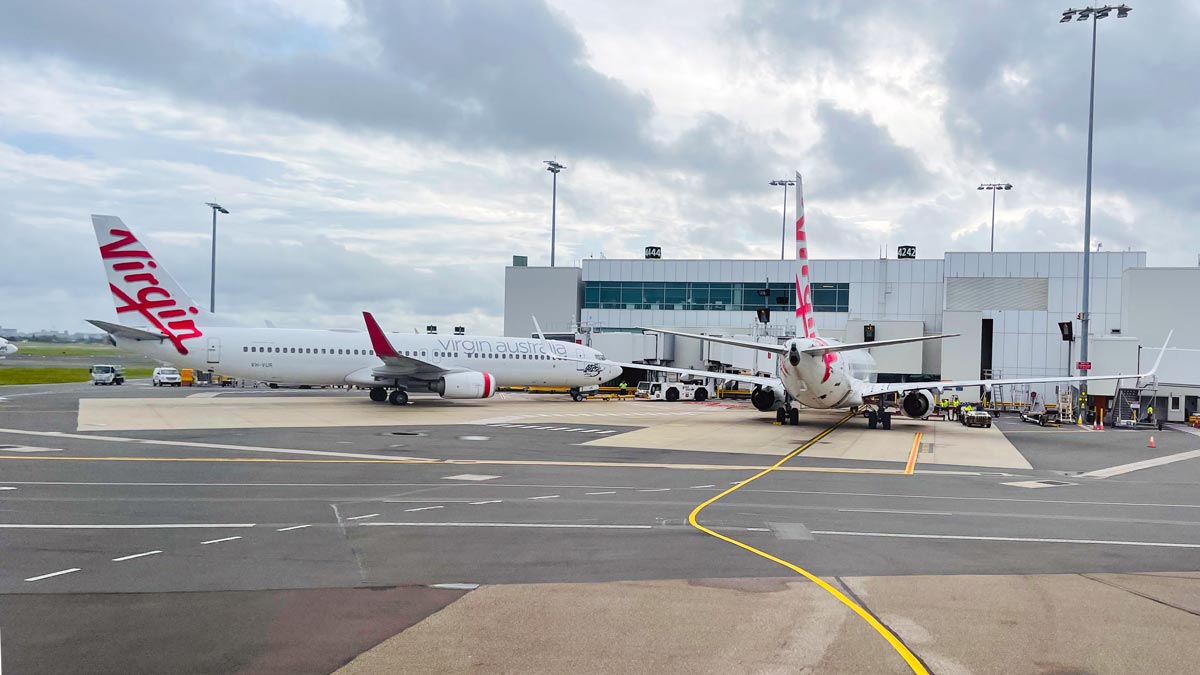
2PAXfly Takeout
This is another timely reminder to wear your seatbelt when seated. Holding you close to your seat will protect you from the sort of injuries sustained on this flight, when unsecured passengers flew to the ceiling of the aircraft, and then came crashing down once the ‘drop’ ceased.
The hope will be that this is an anomaly – a ‘freak accident’ in casual parlance. If it is a systemic error either mechanical or electronic, then this is a larger concern for the airlines that fly Boeing Dreamliner 787 aircraft. Let’s hope it isn’t. If it is, it will pile on the woes to Boeing’s existing stack.
This is a bit of a re-arranging deck chairs operation dressed up with some environmental ‘net-zero’ platitudes in the press release. Too cynical – maybe. I suspect that Ms Hrdlicka is more interested in making some cost savings through efficiencies, with emissios savings being a positive side effect, but not the main game. The move will also make the airline’s staff once retrained, more adaptable across the now model reduced fleet.




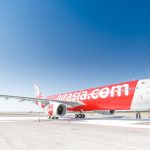
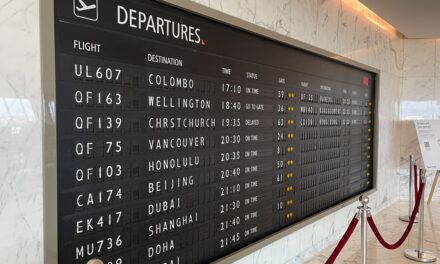
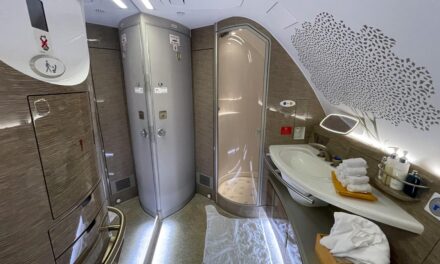
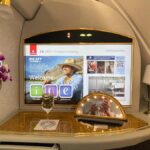
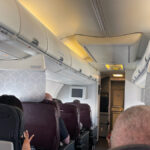



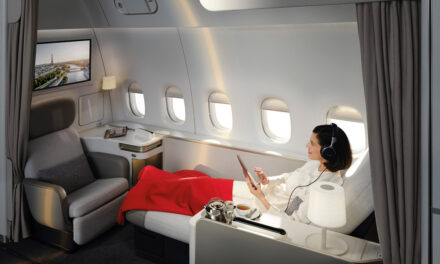
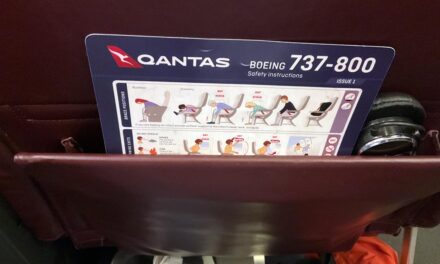
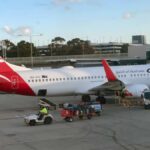


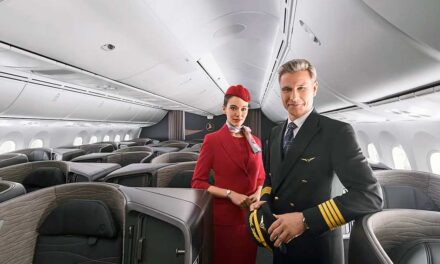
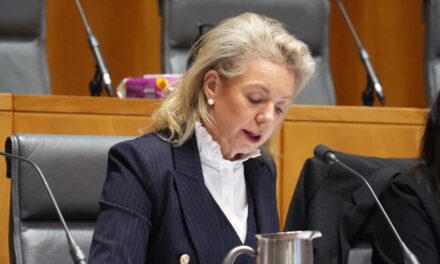




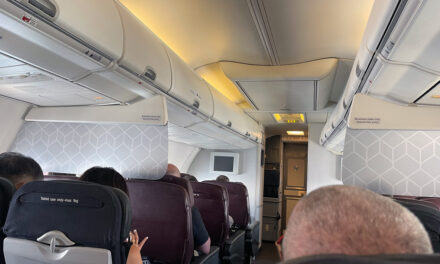




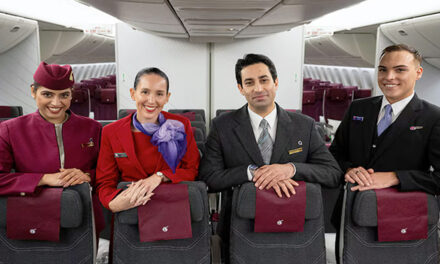





What did you say?